
Following a fifteen-year creative hiatus and another fifteen years stranded in development hell, director George Miller’s iconic outback creation, Max Rockatansky, returned to theatres this month to a rapturous reception. “Absence makes the heart grow fonder” and “good things come to those who wait” aren’t reliable rules of thumb for filmmaking, let alone in a studio system, but Mad Max: Fury Road demonstrated the value of such back-to-basics thinking: focused storytelling, practical effects and a freedom from franchise baggage combined to make Fury Road the critical high-water mark for 2015 blockbusters. That it also performed well at the box office made Miller’s $150 million return to both the wasteland and action filmmaking a double-barreled coup d’état.
If anything, the extensive gap between Fury Road and 1985’s Mad Max Beyond Thunderdome, Rockatansky’s last adventure, afforded Miller’s fourth go-round with the character a certain clemency from the “franchise fatigue” conversation that’s as biennial as a new Fast & Furious, or biannual as a Marvel film. Fury Road not only recaptures the operatic mayhem and purity of 1981’s The Road Warrior, the most beloved of the Mad Max films (until now), but also its aspirational spirit. Just as The Road Warrior used an expanded budget to make good on a highly successful proof-of-concept predecessor, Fury Road takes everything that worked about the original three films – relentless chases, minimal exposition, and, even for the time, better-than-average female character representation – and injects them into a 21st century studio engine.
What that means is that there’s plenty of Mad Max and The Road Warrior to be found in Fury Road, but not much Beyond Thunderdome, the series’ erstwhile box office champ, but near-consensus nadir. Just two years after George Lucas seemingly sabotaged a presumptive perfect trilogy with the younger-skewing, merchandise-spawning Return of the Jedi, Max fans had to watch their hero of scrappy, hard-R, B-movie action clean up his act for a PG-13 audience. While Miller’s post-apocalyptic Australia found in Beyond Thunderdome is more elaborately and colorfully detailed than in the previous two outings, the film’s iconography (and Tina Turner power ballads) have better endured through appropriation than as part of a whole viewing experience.
Before Fury Road, calling Beyond Thunderdome the franchise black sheep would mean ignoring how it logically evolved not just the world of Miller’s wasteland – from the last stand of an old world, to metamorphic chaos, to the start of a new order – but also the softer edges ingrained to Mad Max from the very beginning. The lighter tone and plot of Beyond Thunderdome – which sees wanderer Max cast out from a burgeoning market town, then cast as the savior of a young desert tribe – are a departure of degrees, not identity. Goofy saxophone interludes, earnest (if brief) romances, and adorable children bopping around the Down Under hellscape are as much a part of Mad Max’s DNA as the Interceptor and sawn-off shotgun. The characteristic paraphernalia of the franchise, tough but adaptably stylish black leather, fashionably embodies the malleable look and feel of each entry.
In revisiting his world for modern audiences, though, Miller sandblasted off not just many of the original trilogy’s quirks, but also almost any trace that could lead a viewer from Beyond Thunderdome C, to Fury Road D. If Beyond Thunderdome was once the last, questionable heir of the Mad Max legacy, Fury Road has successfully, purposefully built on the strengths of The Road Warrior so as to position the two as a long-separated child and parent. In part, this may owe to Miller’s more distant relationship to the third Mad Max film: following the untimely death of friend and producing partner Byron Kennedy in 1983, Miller ceded co-directing responsibilities on Beyond Thunderdome to George Ogilvie. Where the Miller of Beyond Thunderdome and Fury Road overlap is in the shared patchwork, phantasmagoric vision of developing post-collapse society. (And a fondness for gags about abundant hidden weaponry).


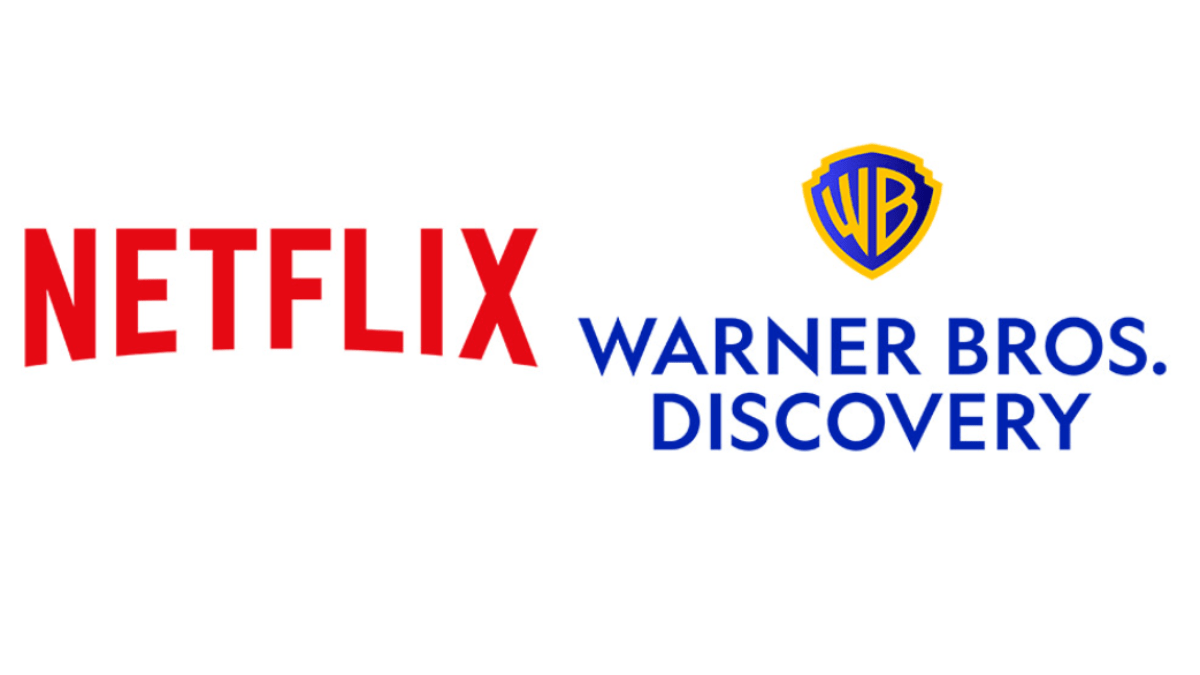
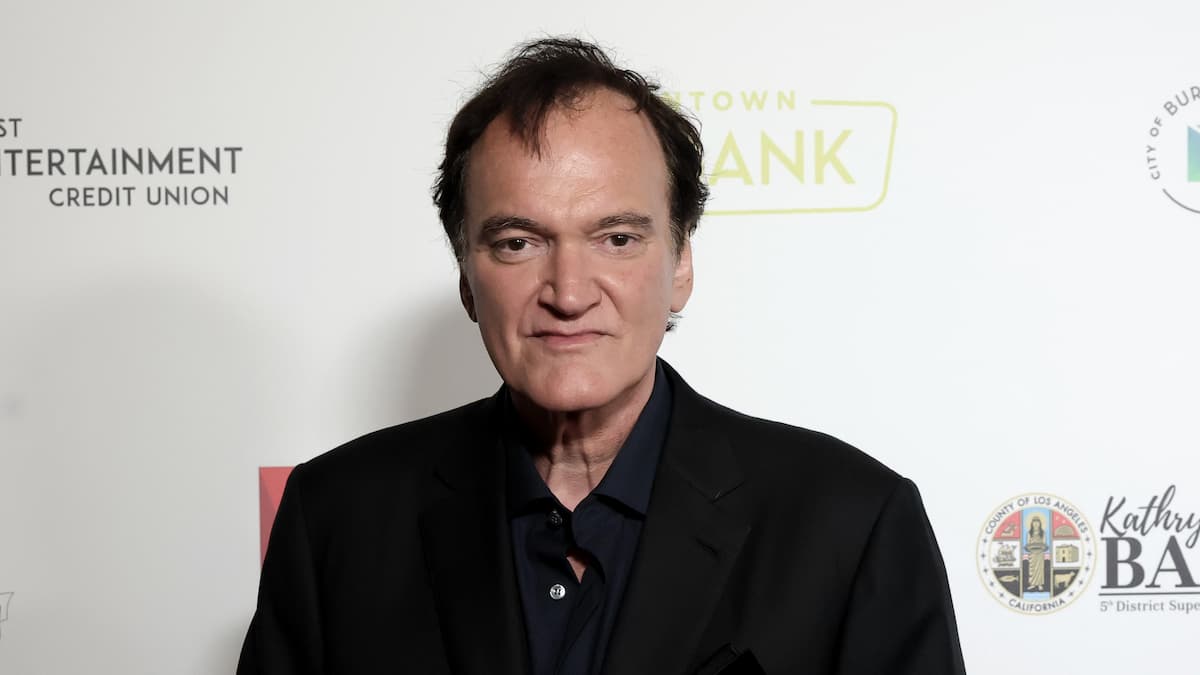
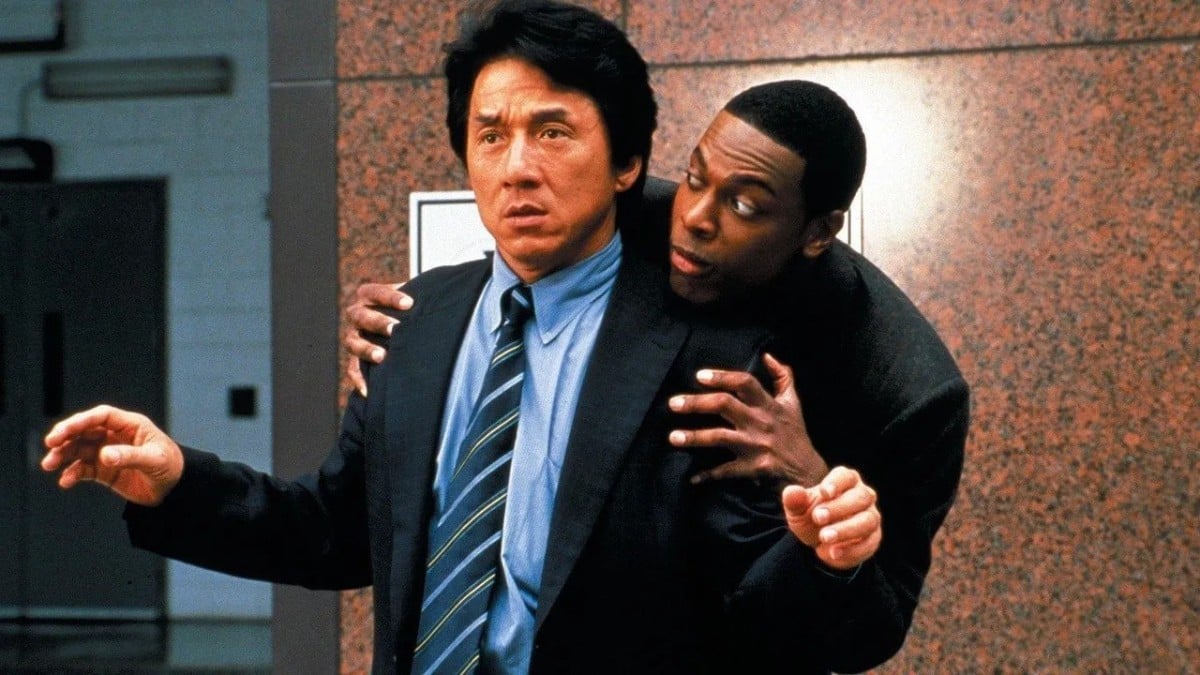
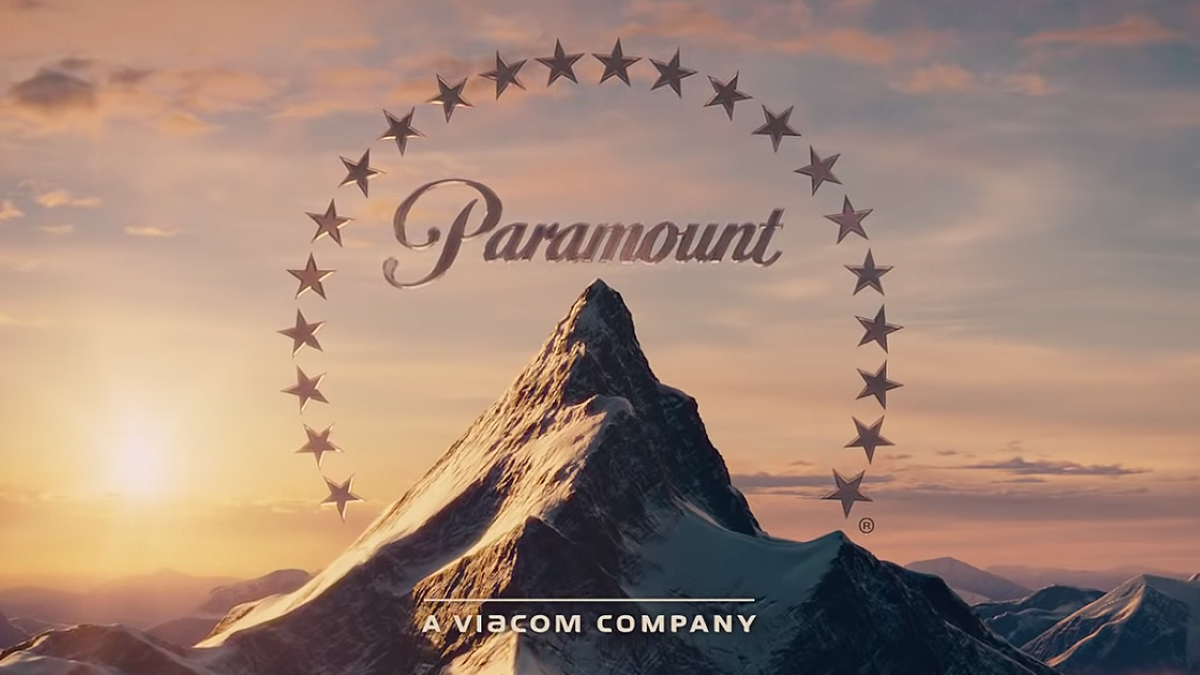
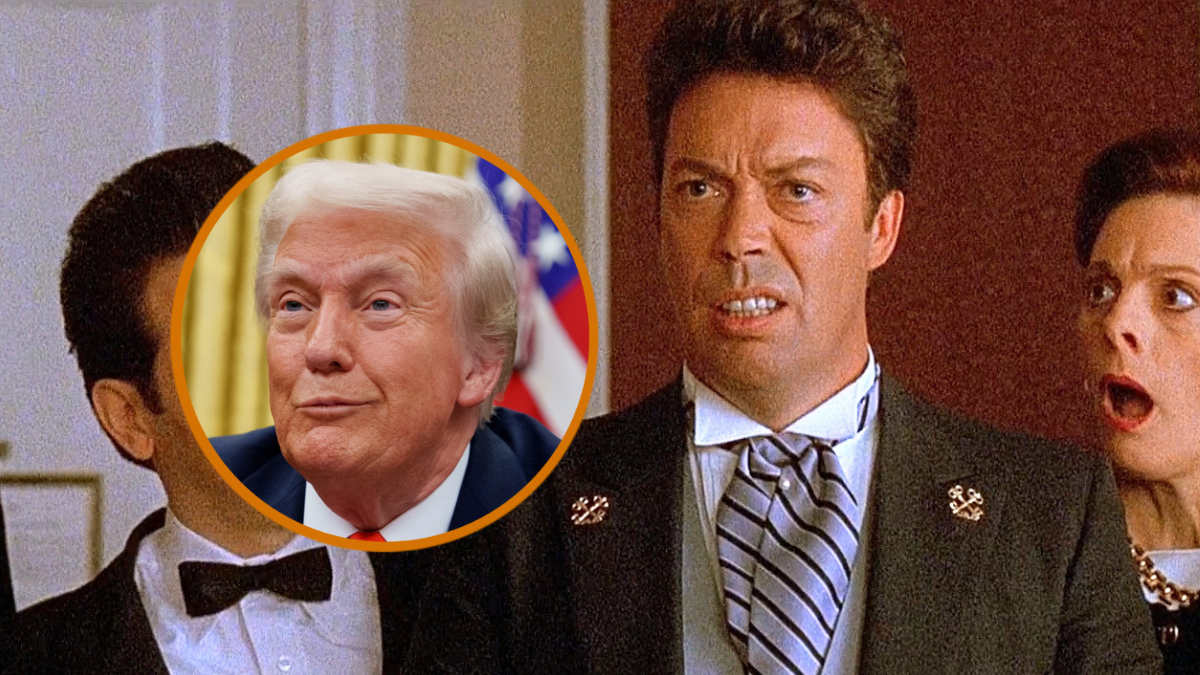
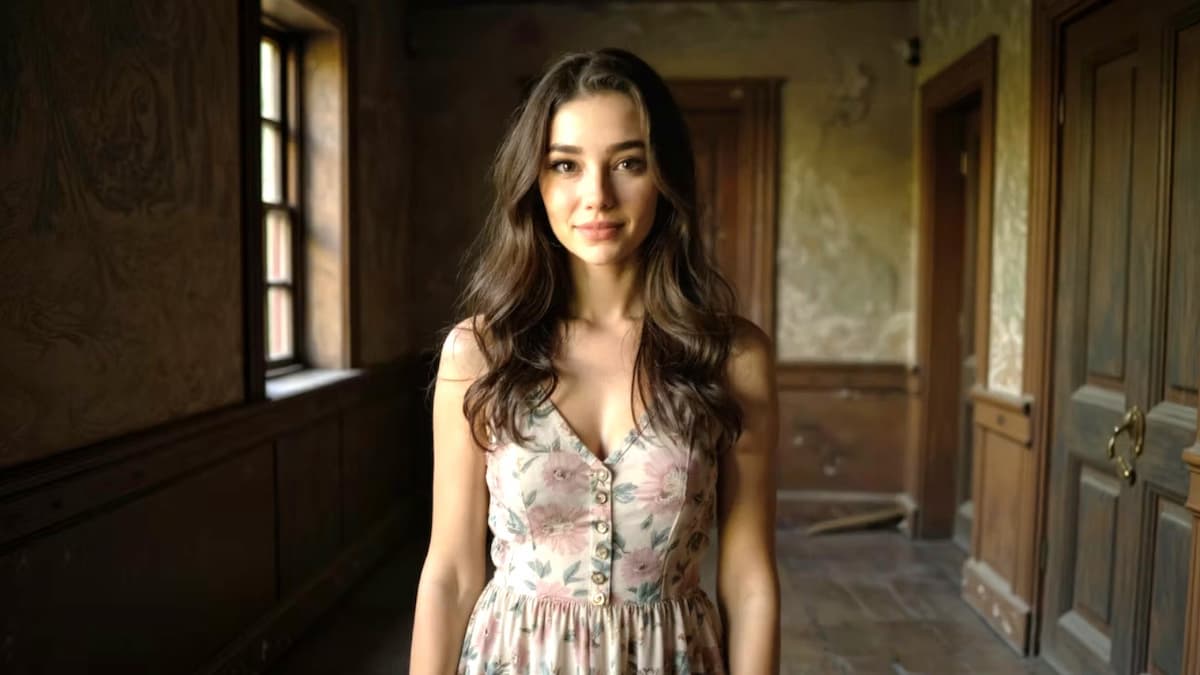

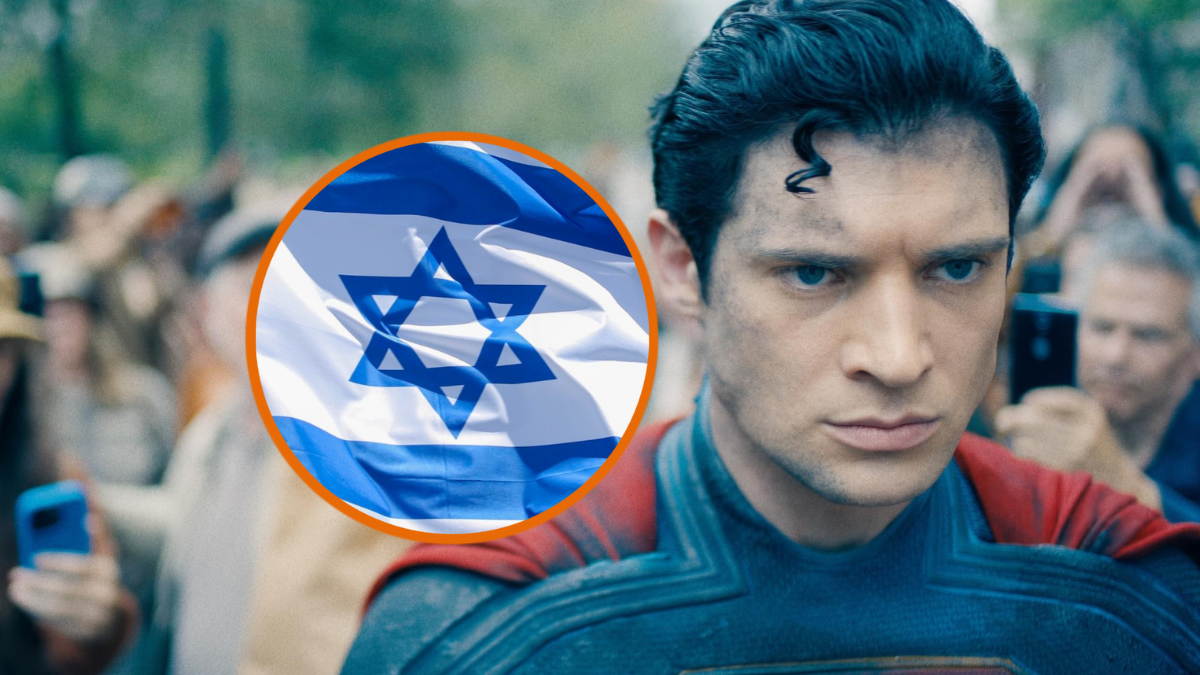
Published: May 26, 2015 06:58 pm